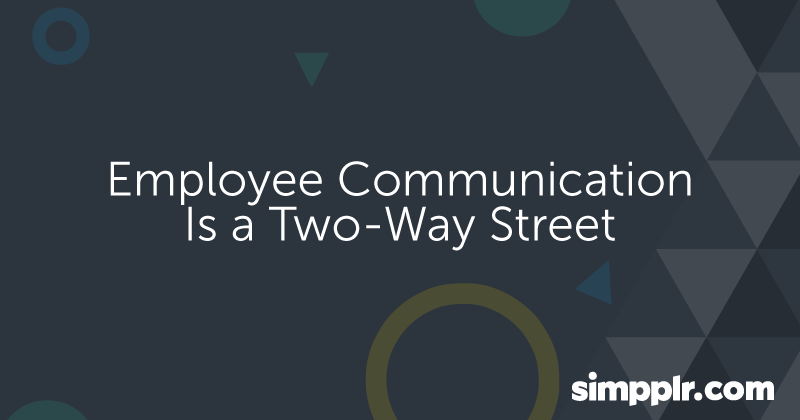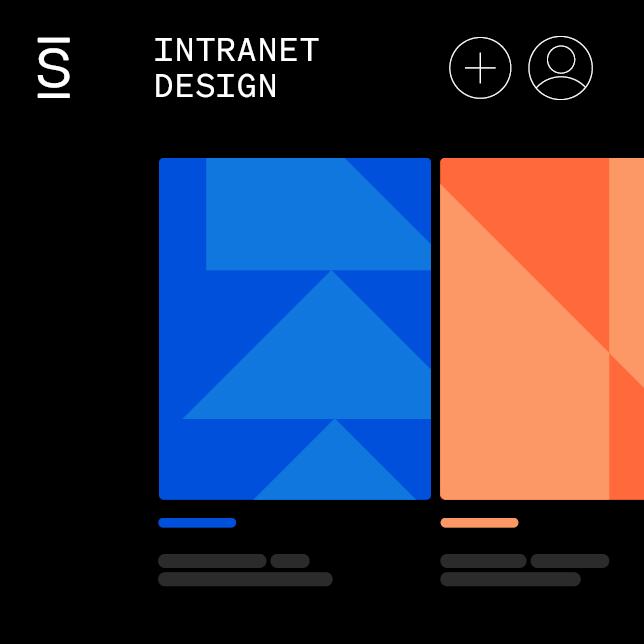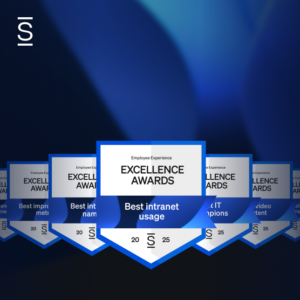As technology becomes ever more mobile, customer expectations are changing. Interactions with the businesses they patronize are no longer limited to passive consumption of carefully designed marketing materials and an occasional call to customer service.
Digital transformation is creating new methods of communication between businesses and consumers. Some organizations have named these interactions micro-moments.
Micro-moments take place over the course of weeks and months, consisting of short digital experiences that range from coming across an acquaintance’s social media review of a product to spending a few seconds watching an entertaining company video that has gone viral. It is common for average customers to contact businesses through Twitter and Facebook, and they now expect a relatively speedy response.
Digital Transformation Brings New Expectations
Research published in Altimeter’s 2016 State of Digital Transformation shows that 81 percent of companies have digital departments, most of which are focused on transforming the organization to meet the digital demands of consumers. Unfortunately, for most, the trend towards digitalization stops there.
Few are giving serious thought to the expectations of their employees, which is a significant oversight. After all, staff members are also consumers, and they expect employers to meet their needs when it comes to a digitally enhanced workplace. This holds especially true of effective workplace communication, which has traditionally been a one-way experience.
Corporate intranets have been around since the early days of the Internet. Generally, they offer basic information about the organization, as well as access to some of the tools and resources staff members need to complete their work. Some businesses use their corporate intranets to communicate company news, and it is common to have a rudimentary corporate directory.
These intranets are primarily designed for one-way communication. Leaders and managers push information out to the workforce through the site, assuming that it is not necessary to involve IT staff in every intranet transaction. The lack of meaningful opportunities to interact with the site limits how often staff members use it, and these sorts of intranets contribute very little to employee engagement levels.
Two-Way Communication Increases Employee Engagement
The top-down approach is no longer effective in creating employee engagement. Today’s workforce has high expectations when it comes to employee communication. As a group, employees are more focused on teamwork, collaboration and interaction with their leaders than ever before. They have expressed a clear preference for transparency from senior managers, and they are accustomed to having an opportunity to express opinions, offer feedback and influence organizational change. All of these expectations can be summed up as two-way communication.
The most innovative companies aren’t waiting for employees to signal their dissatisfaction through decreased engagement, lower productivity and increased attrition. Instead, they are proactively looking for creative ways to communicate information with employees by adopting new communication platforms that meet the expectations of a digital workplace. They are creating internal micro-moments, enhancing the employee experience with small, regular interactions throughout the workday. Moments might consist of quick messages from senior leaders, brief digital touchpoints between managers and their team members, or video conversations between remote colleagues. All of these experiences combine to create a culture of communication, leading to increased engagement across the organization.

Outdated company intranets that offer minimal opportunity for interaction are being replaced by advanced technology that leverages all of the features available from popular social media sites. For example, these platforms offer an ability to connect with colleagues, post personal and professional updates, and like, follow and comment on updates from others. The new intranets are designed to be a central hub for employees, creating a sense of community despite the continued trend towards virtual and remote employees.
As a result of advances in technology, new intranet platforms offer user-friendly interfaces, such as customizable dashboards that each staff member can personalize to ensure a quick view of the information most relevant to his or her position. The need for IT professionals to manage these sites is greatly diminished, and administrators can easily add or change content without specialized technology skills. Through intranet platforms that encourage two-way communication, employees are better able to connect with the organization on multiple levels, increasing overall engagement.
The Return on Investment from Engagement Efforts
Transitioning from a traditional intranet to an advanced corporate communication hub requires the investment of resources. However, most organizations discover that every dollar spent on increasing employee engagement levels provides a healthy return on investment.
Research shows that employees with high engagement levels are 87 percent less likely to leave the company than their disengaged peers. That figure alone is reason enough to invest in engagement. Some estimates show that turnover costs US businesses as much as $11 billion per year due to lost productivity, disruption and expenses related to filling open positions. In addition, low engagement levels can lead to poor employer branding, which makes it more difficult to attract top talent to the organization.
Business leaders cannot limit digital transformation strategies to interactions with current and prospective customers. Comprehensive strategic planning to optimize the use of digital technology must include provisions for two-way employee communication. There is a close relationship between consumer expectations and employee expectations, and corporate initiatives towards digital transformation must cover both internal and external communication tools to be successful.















